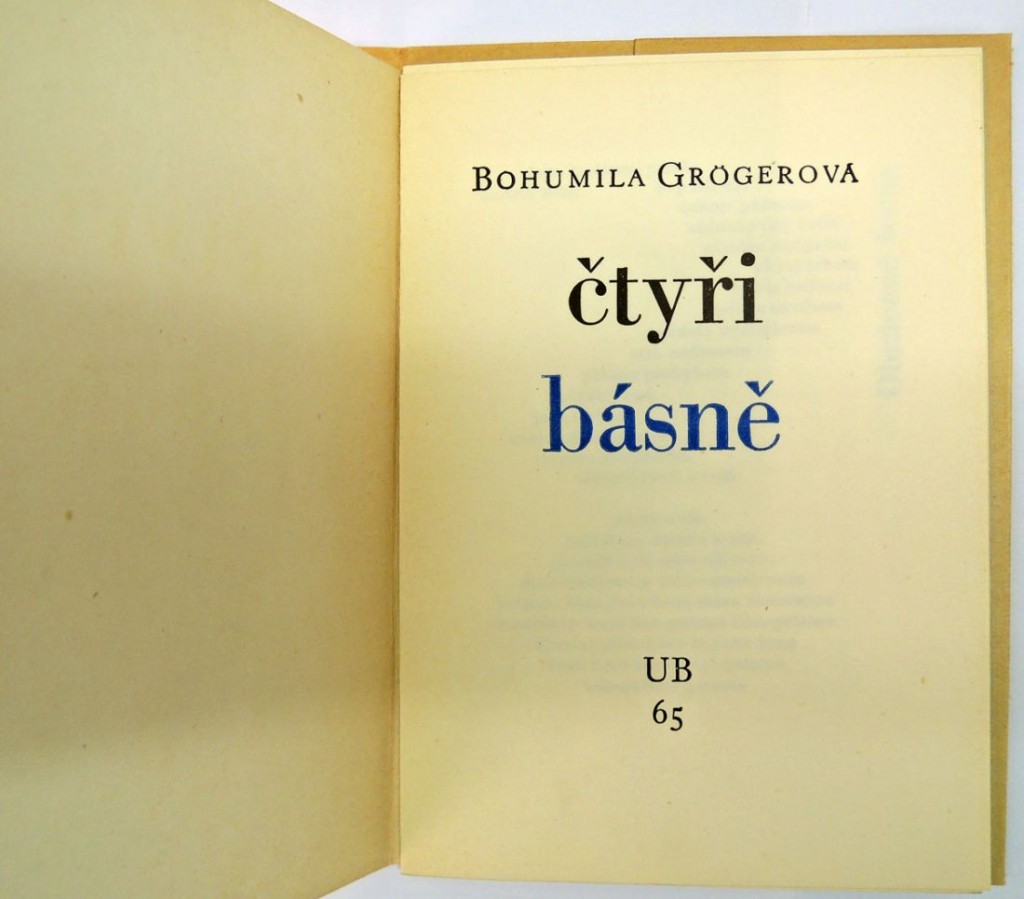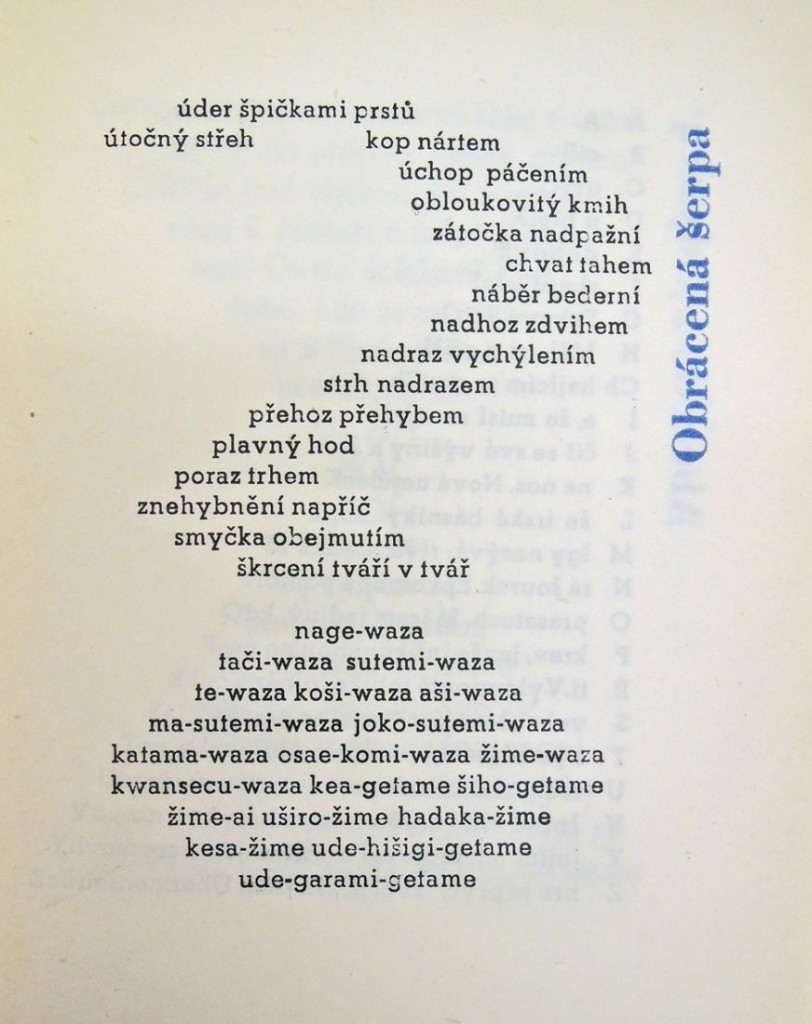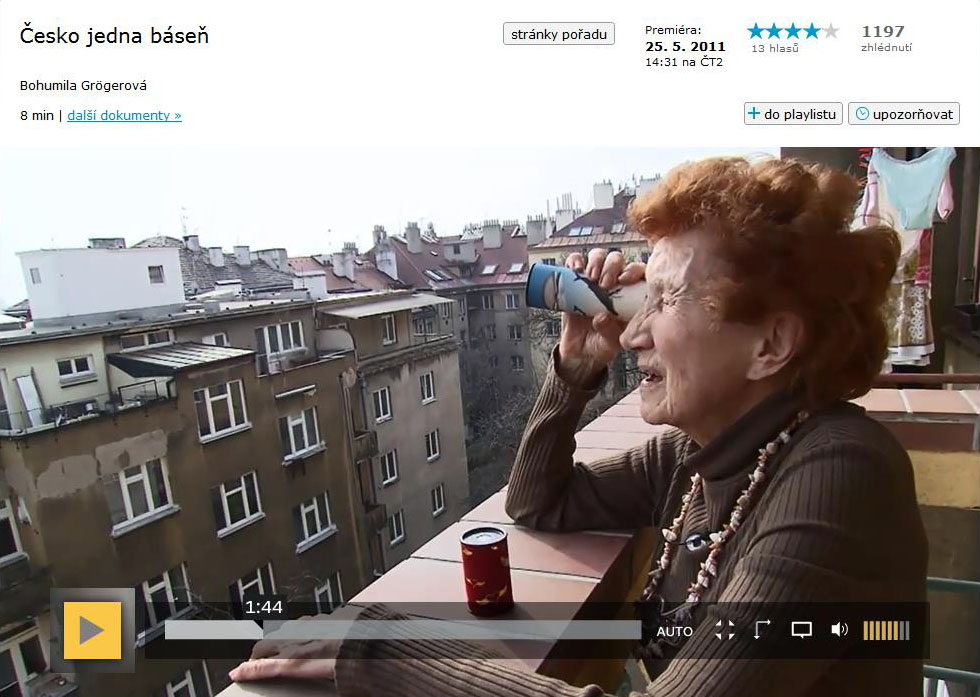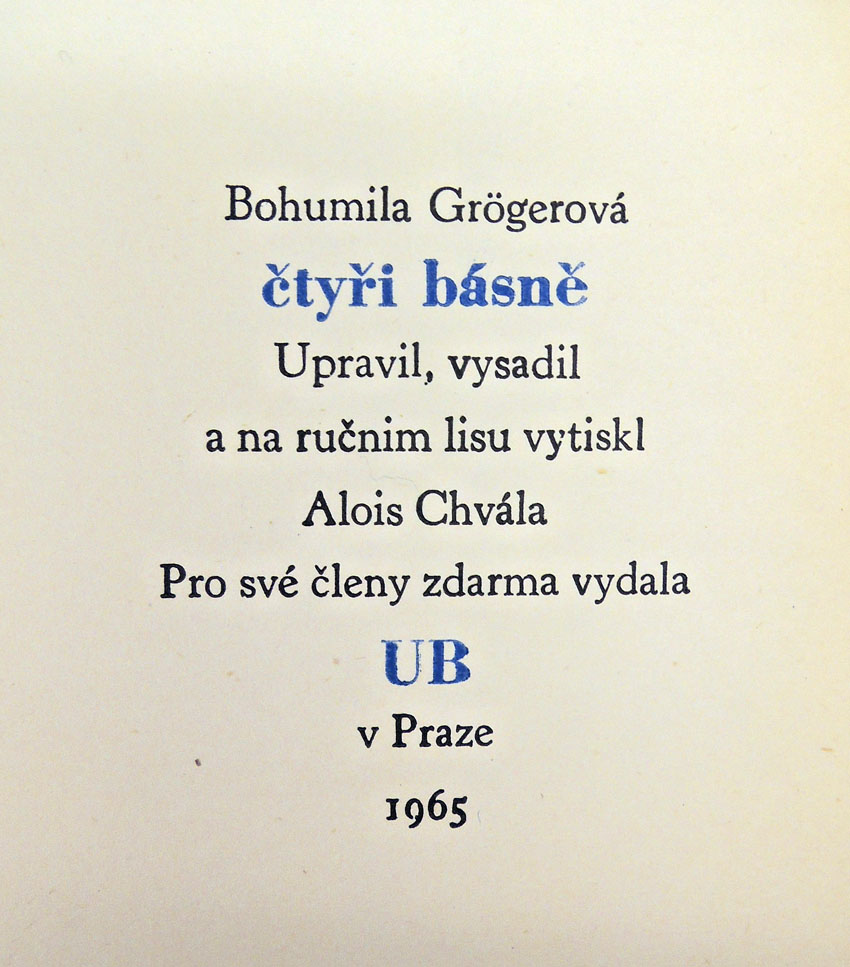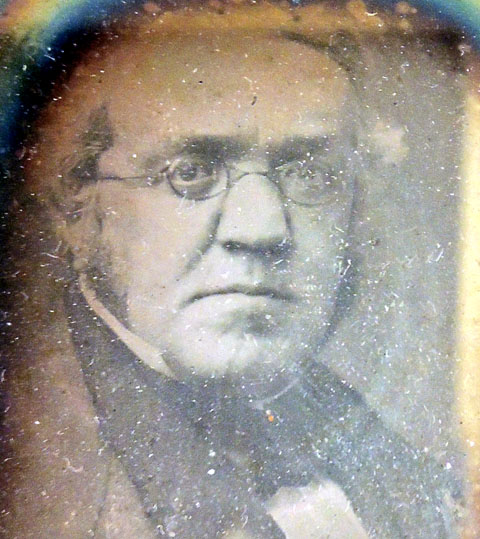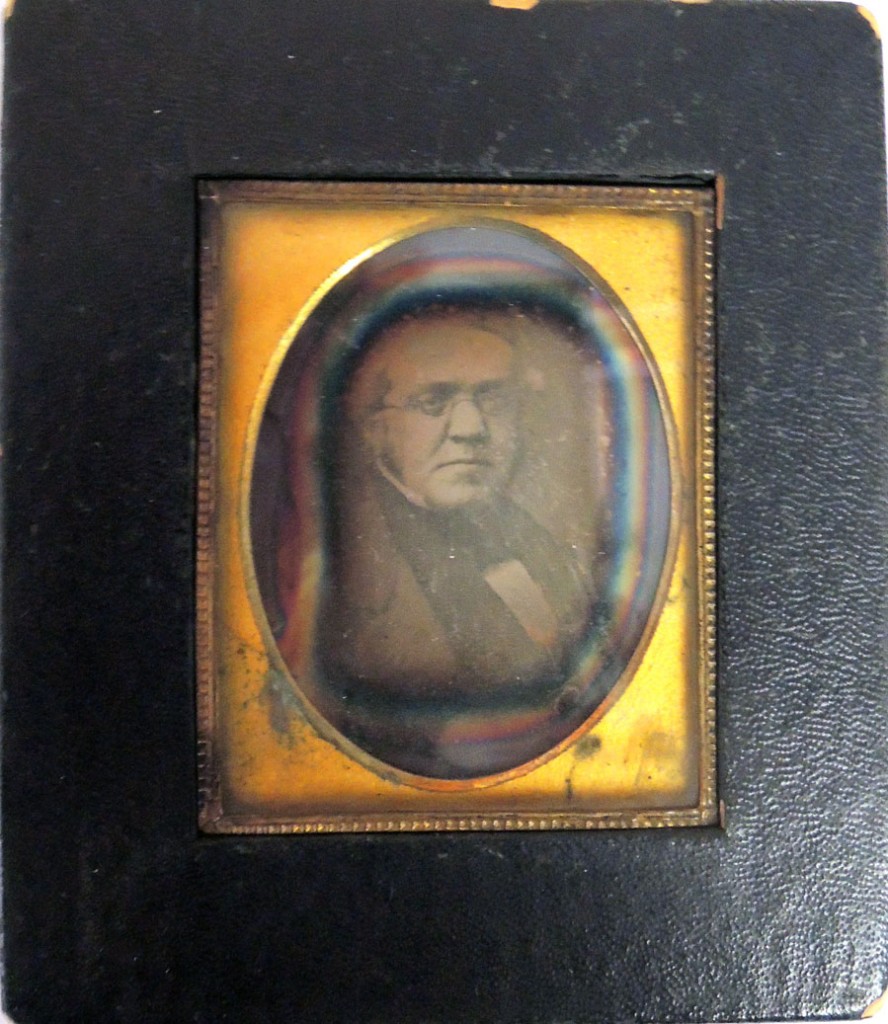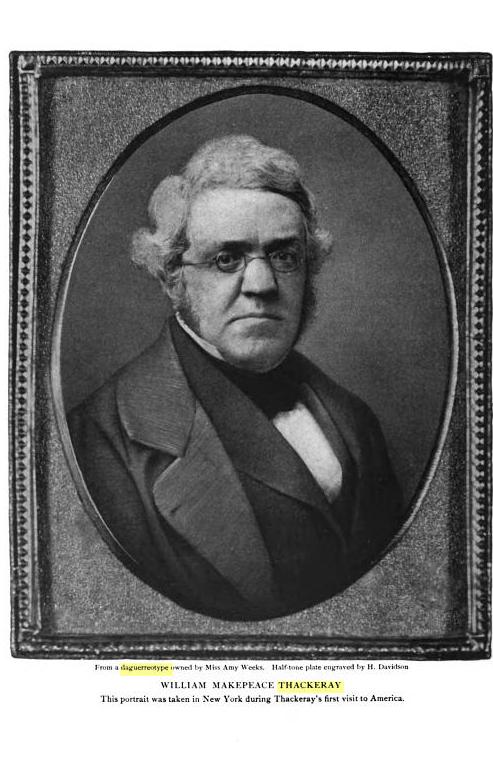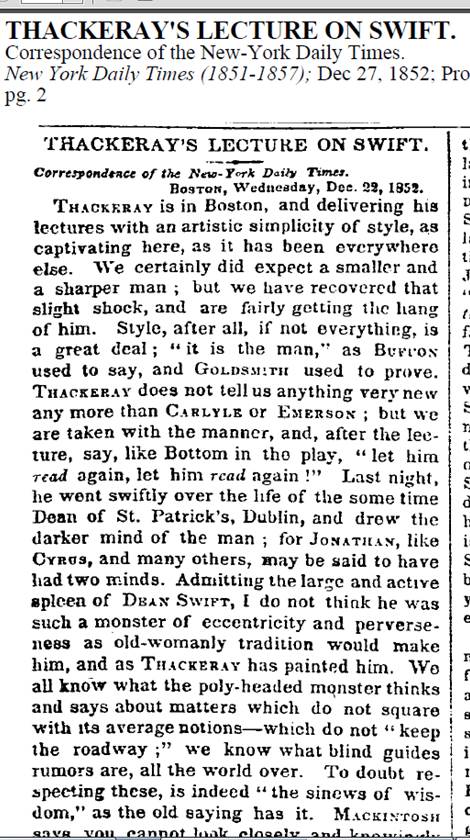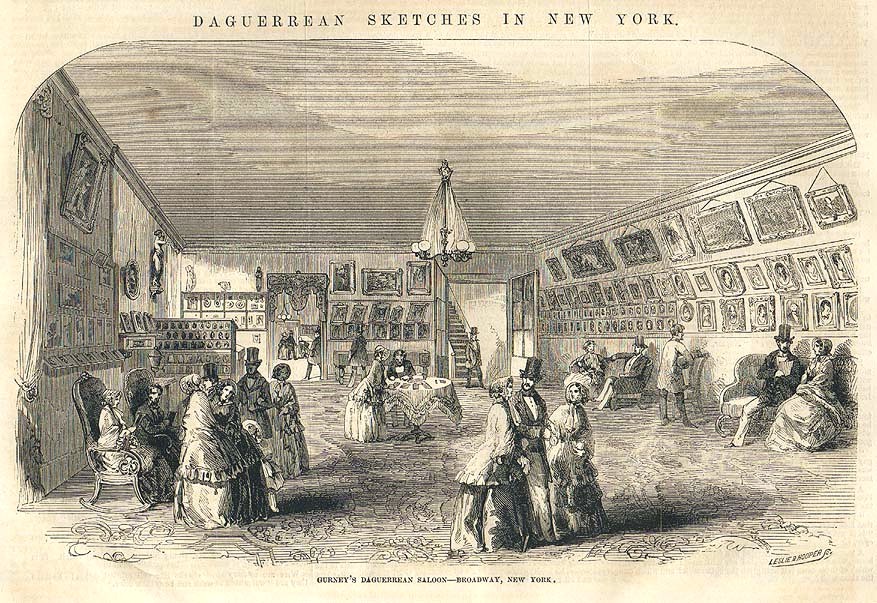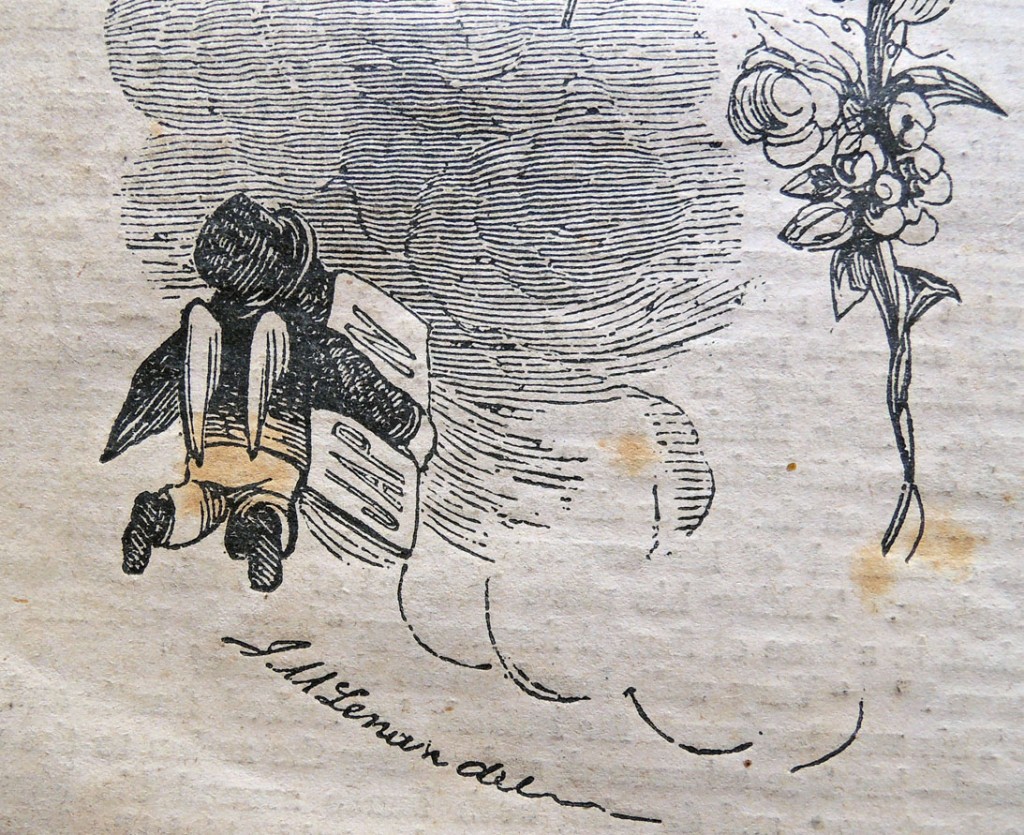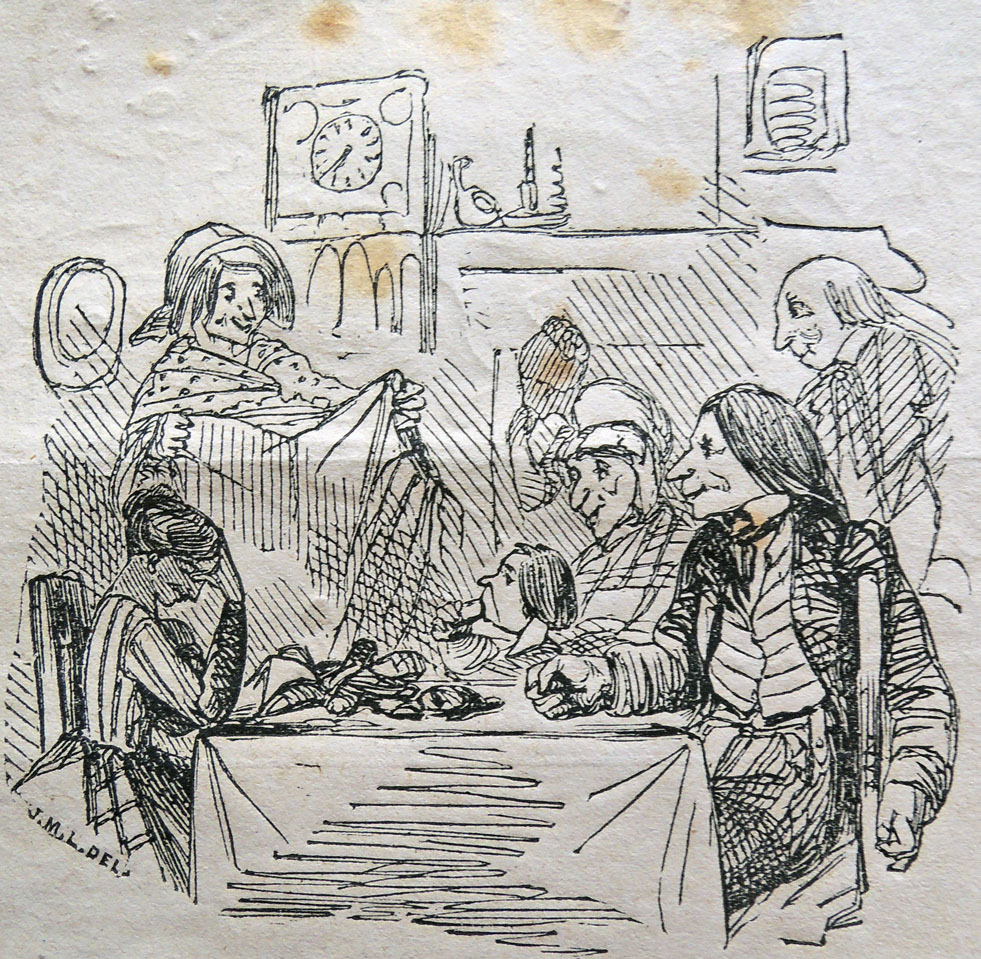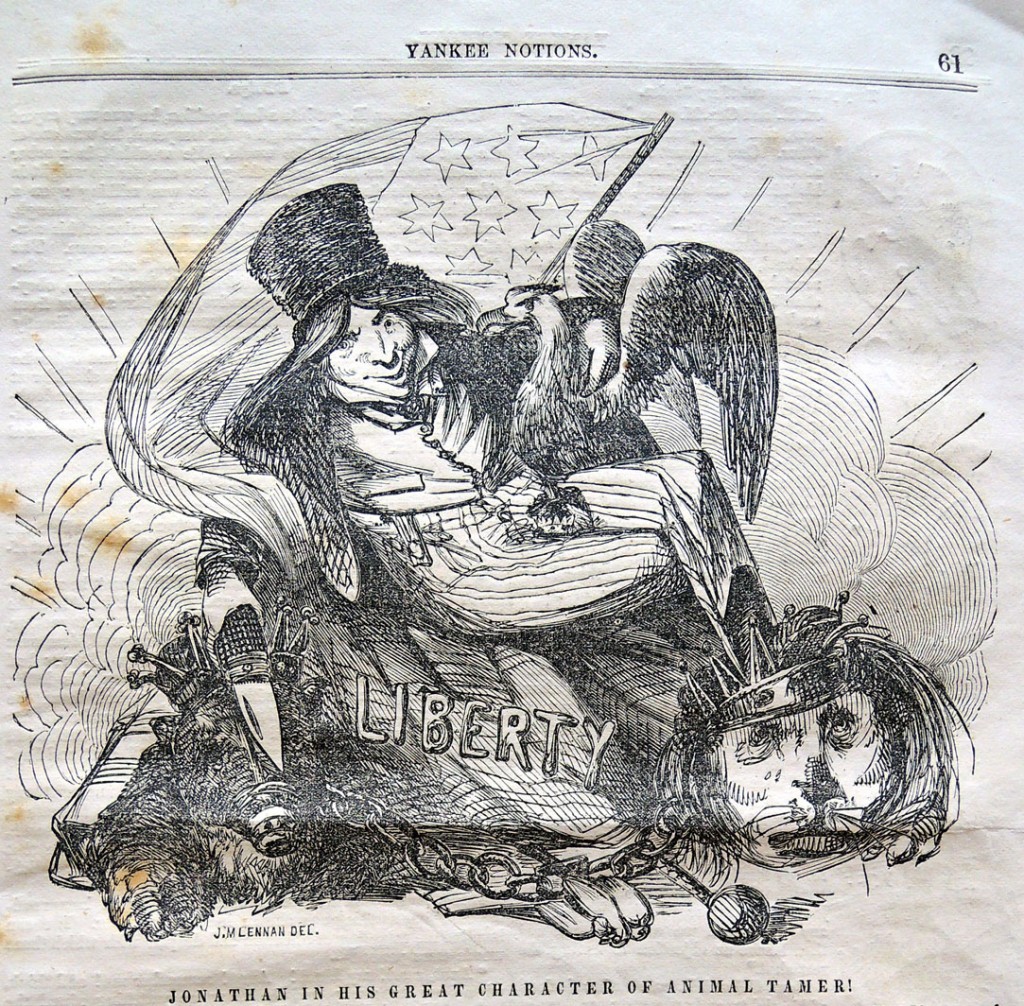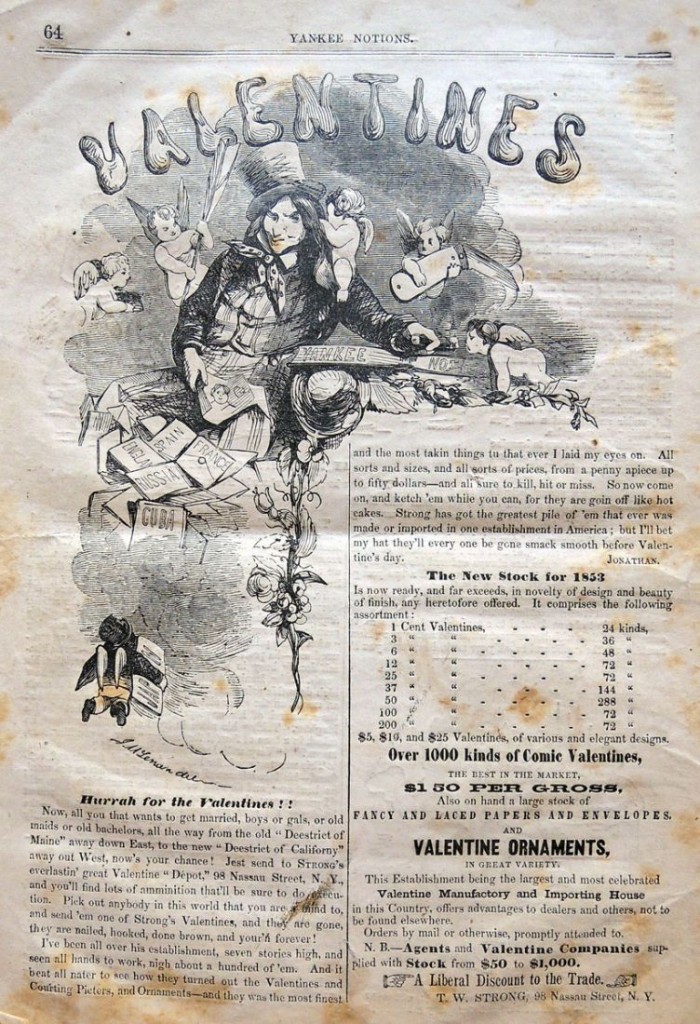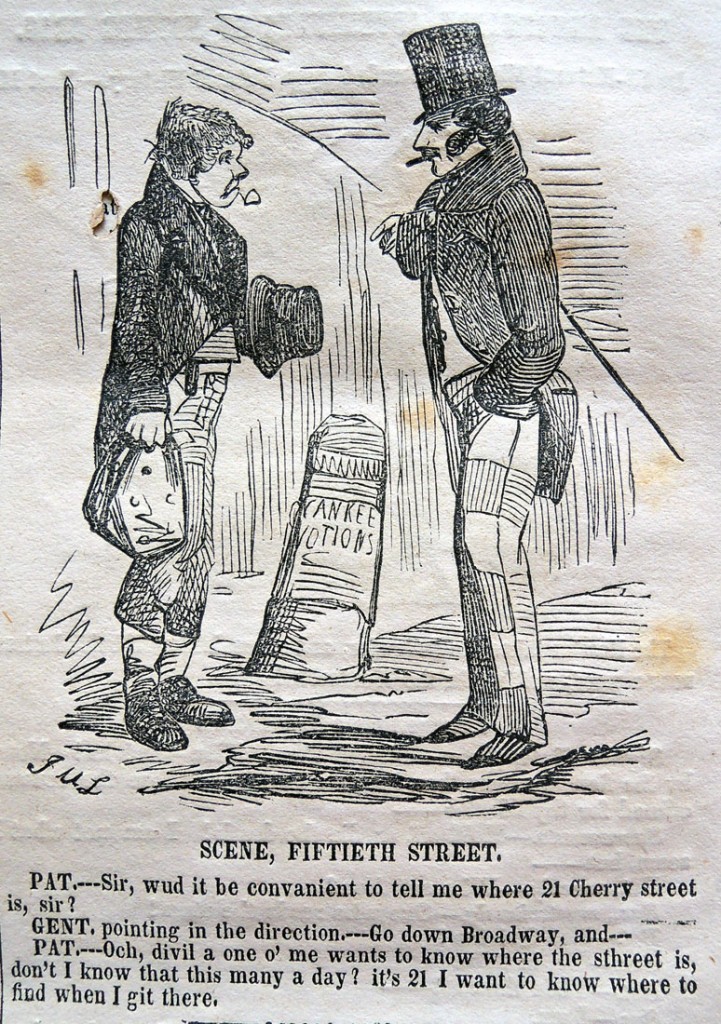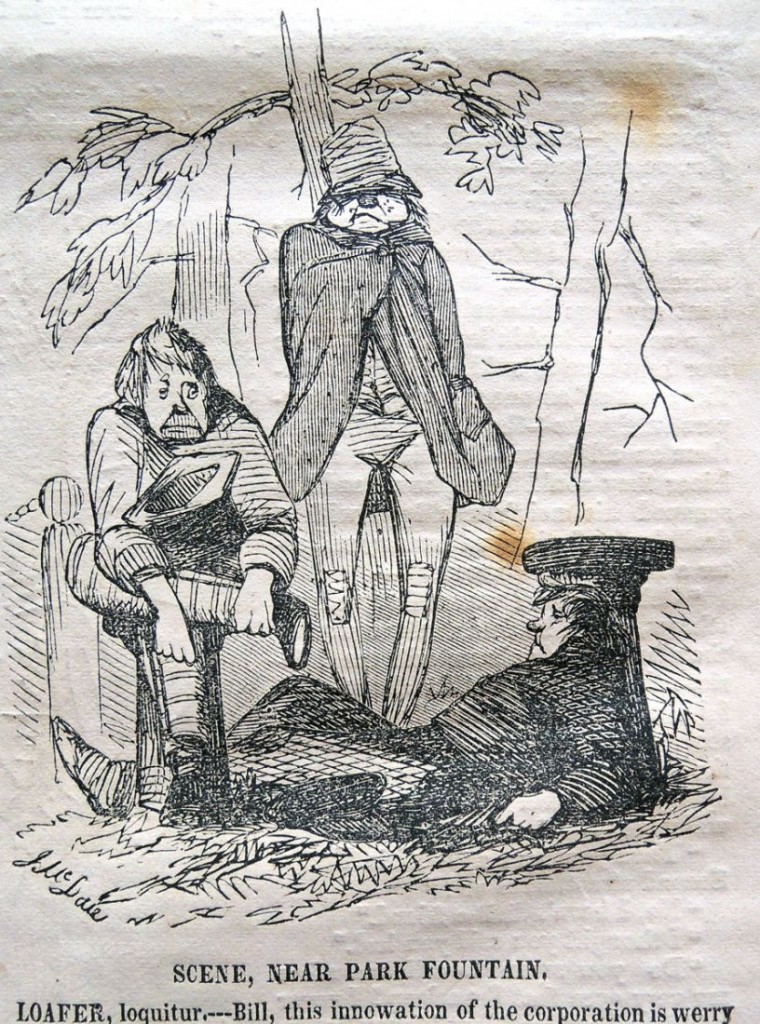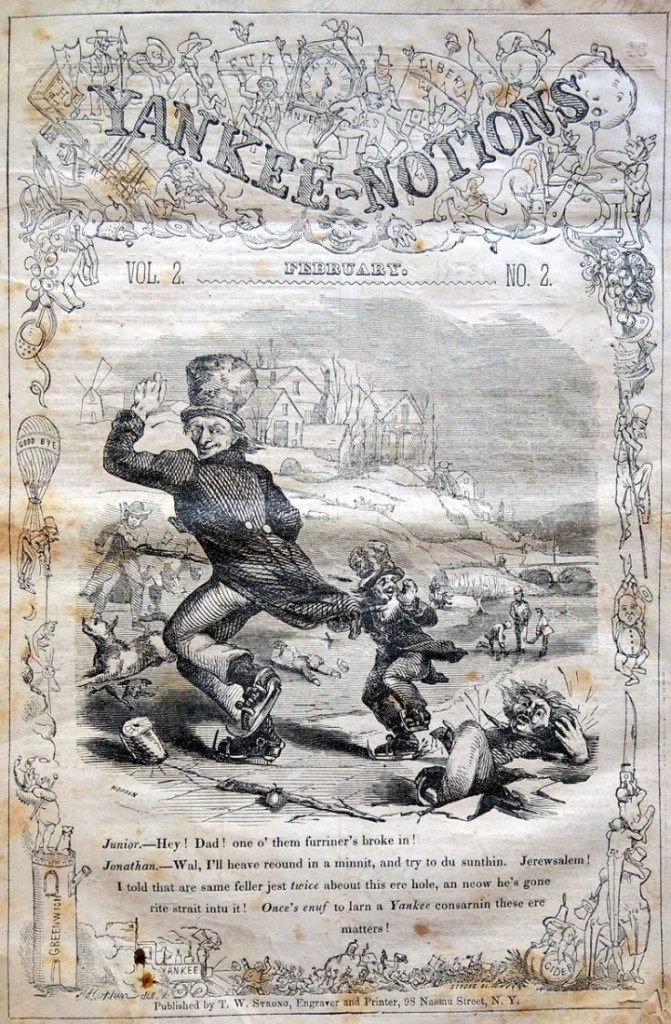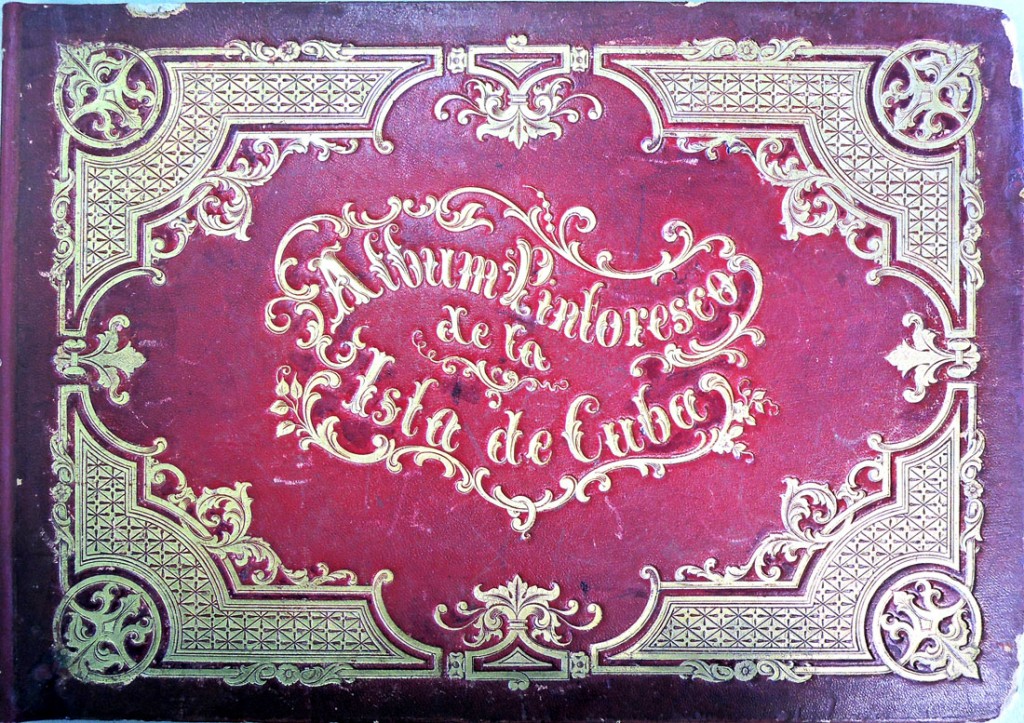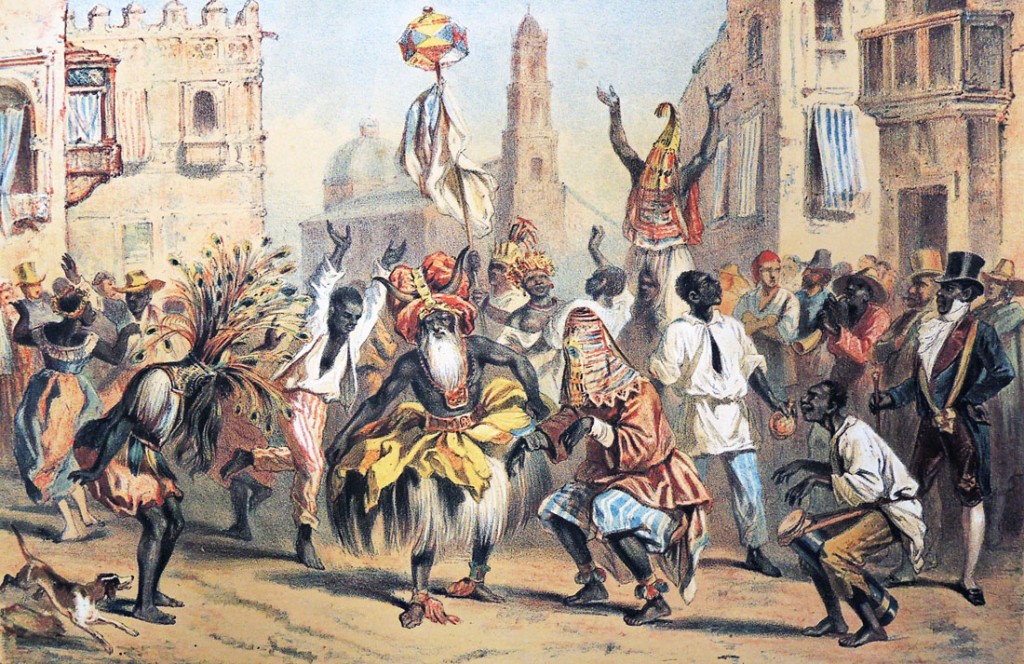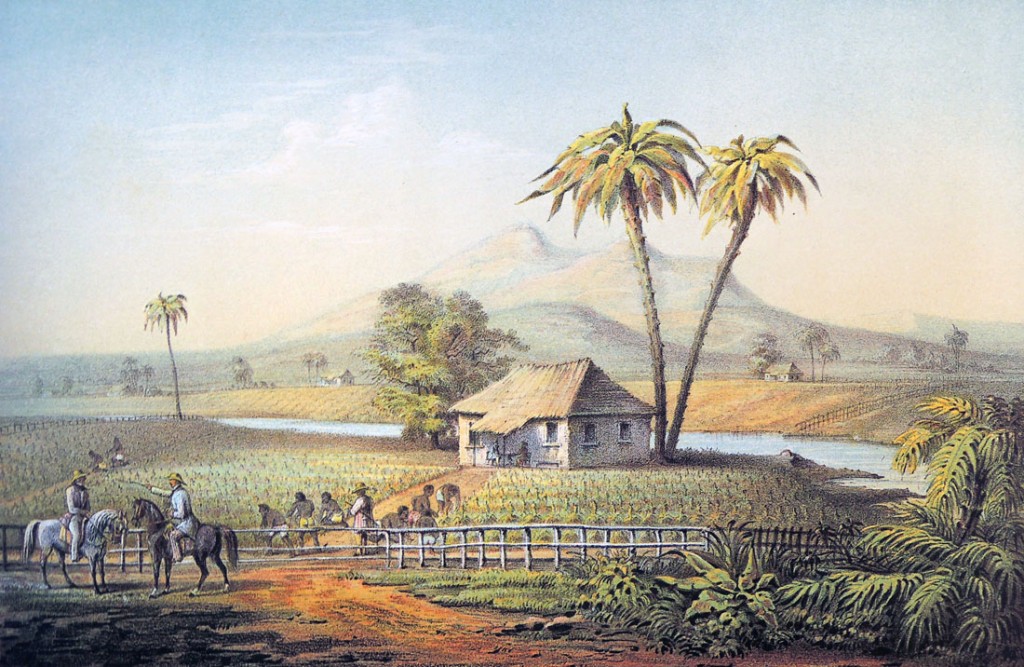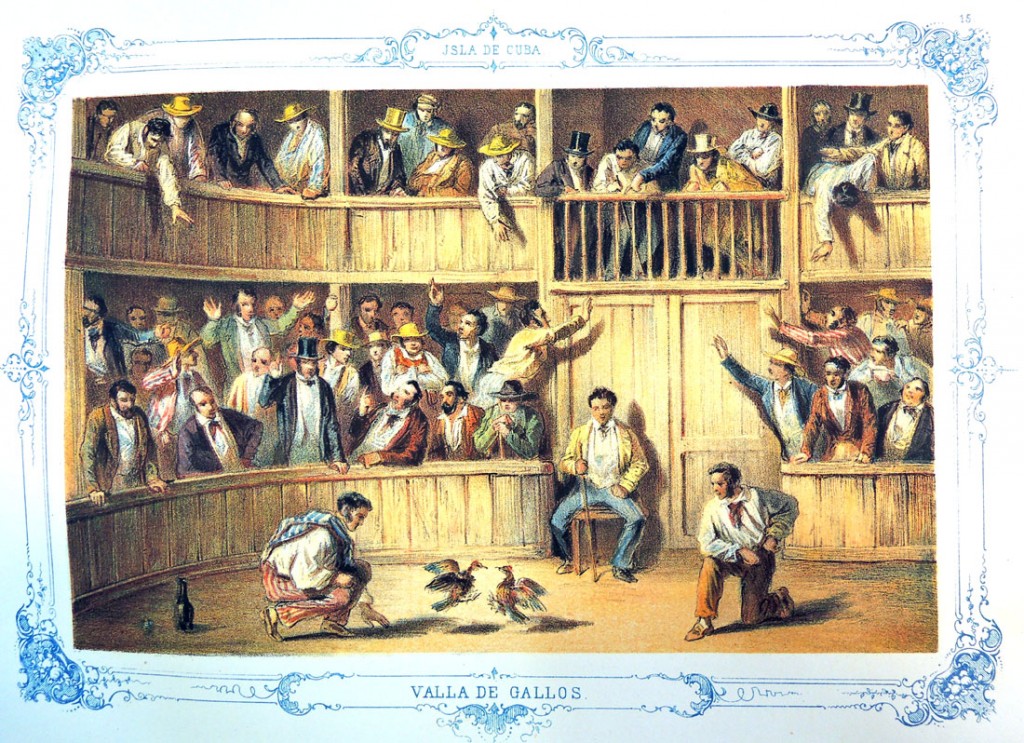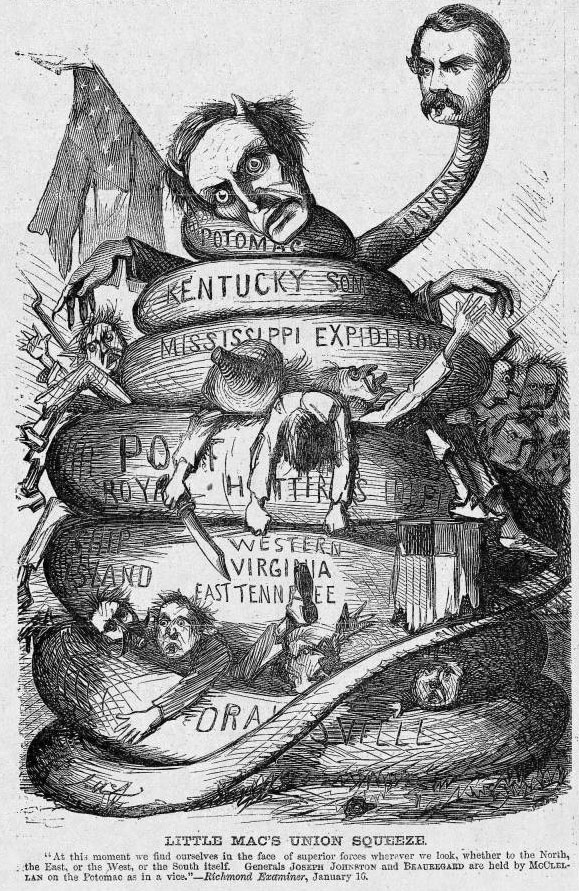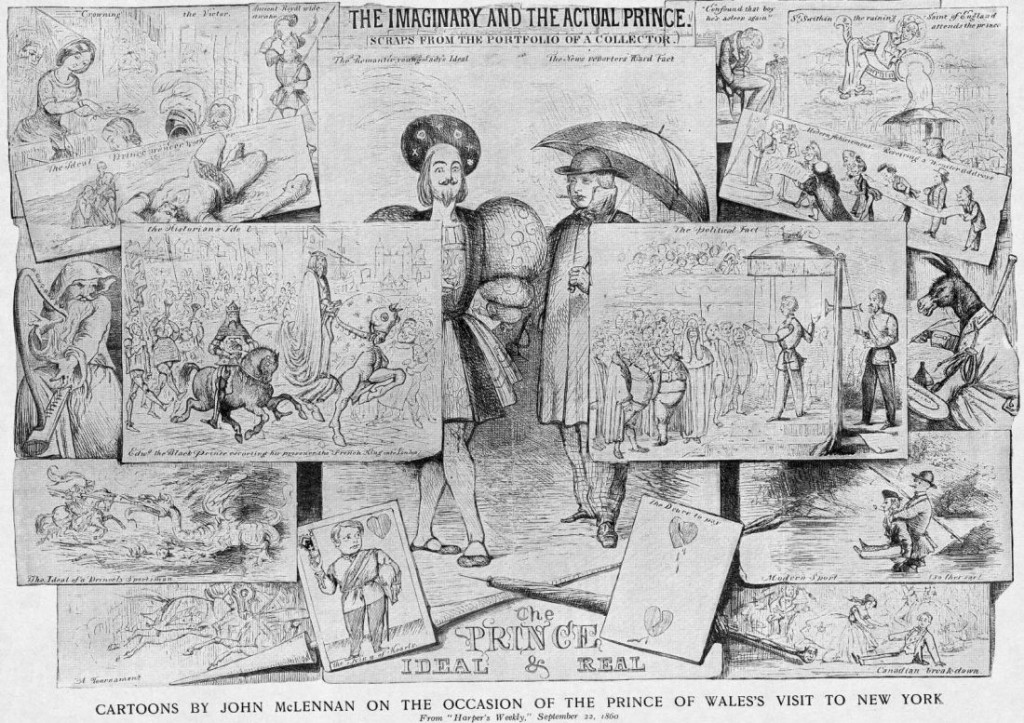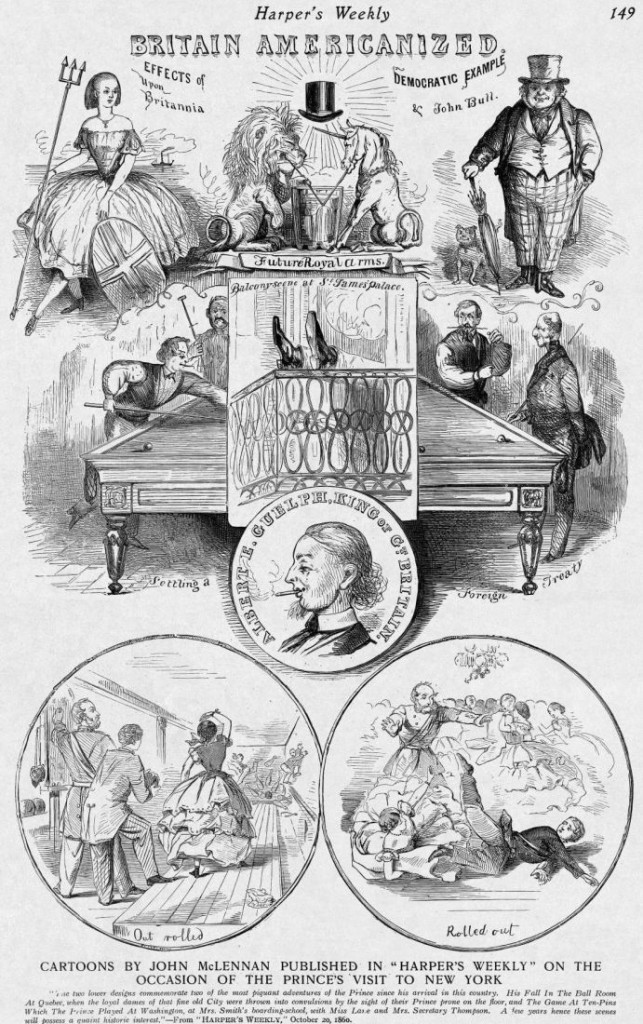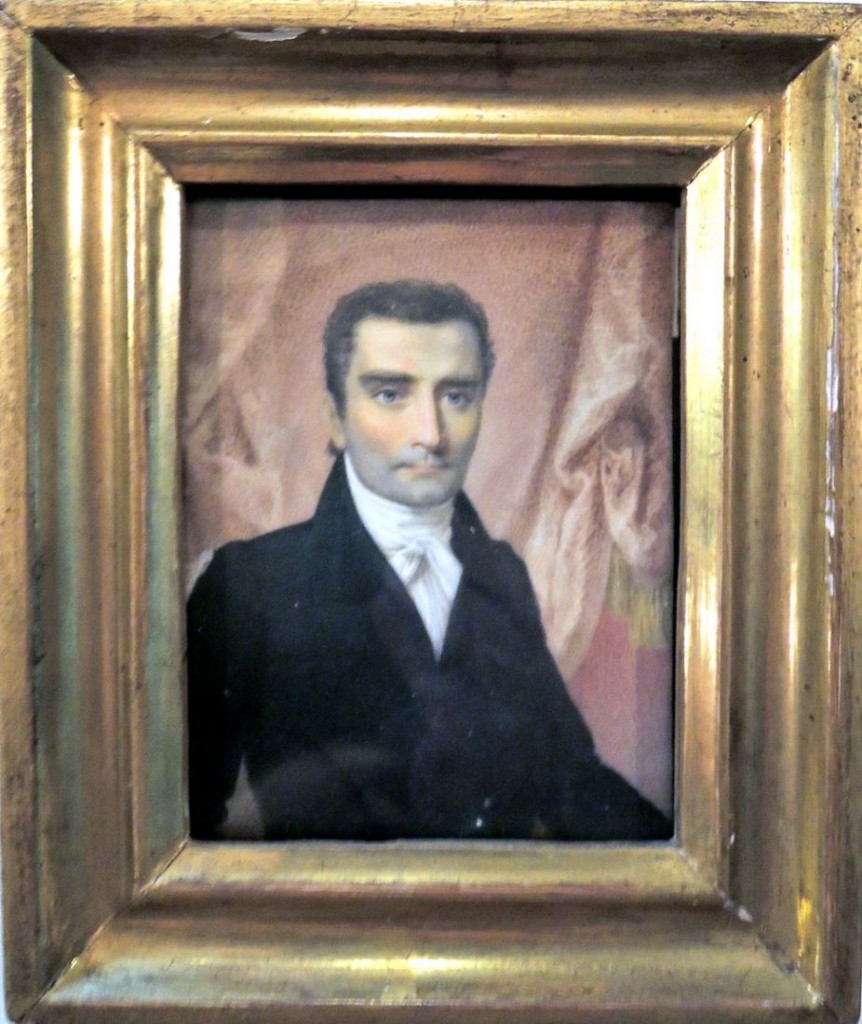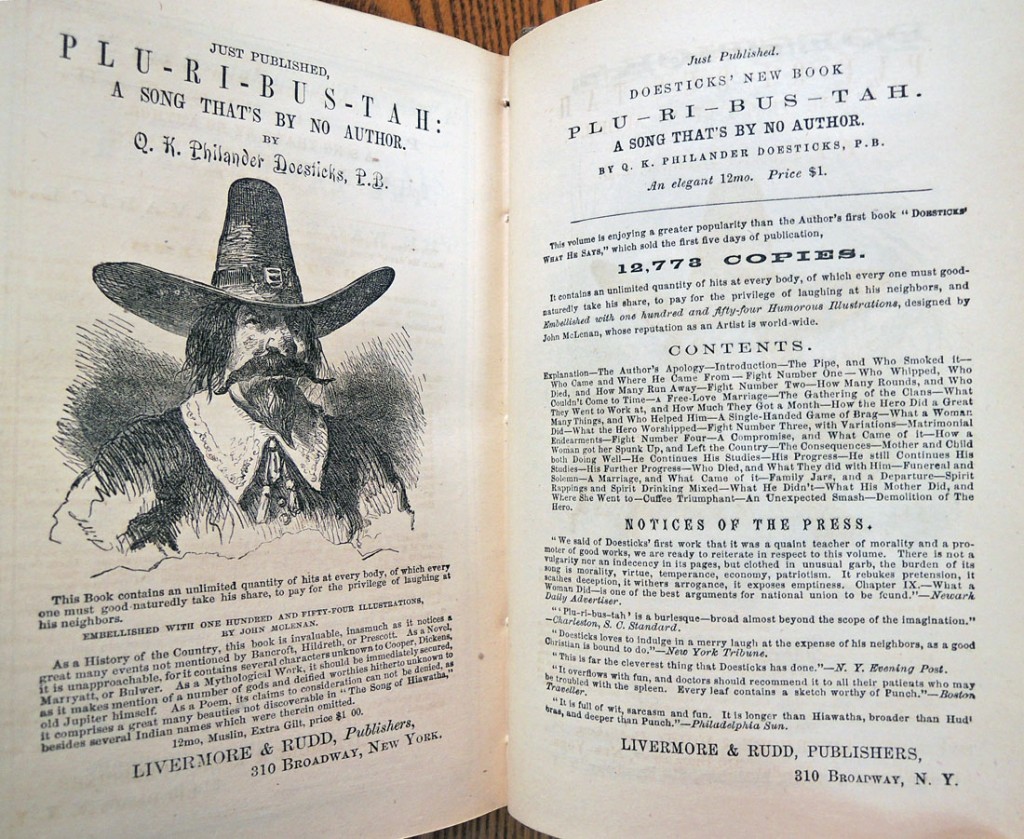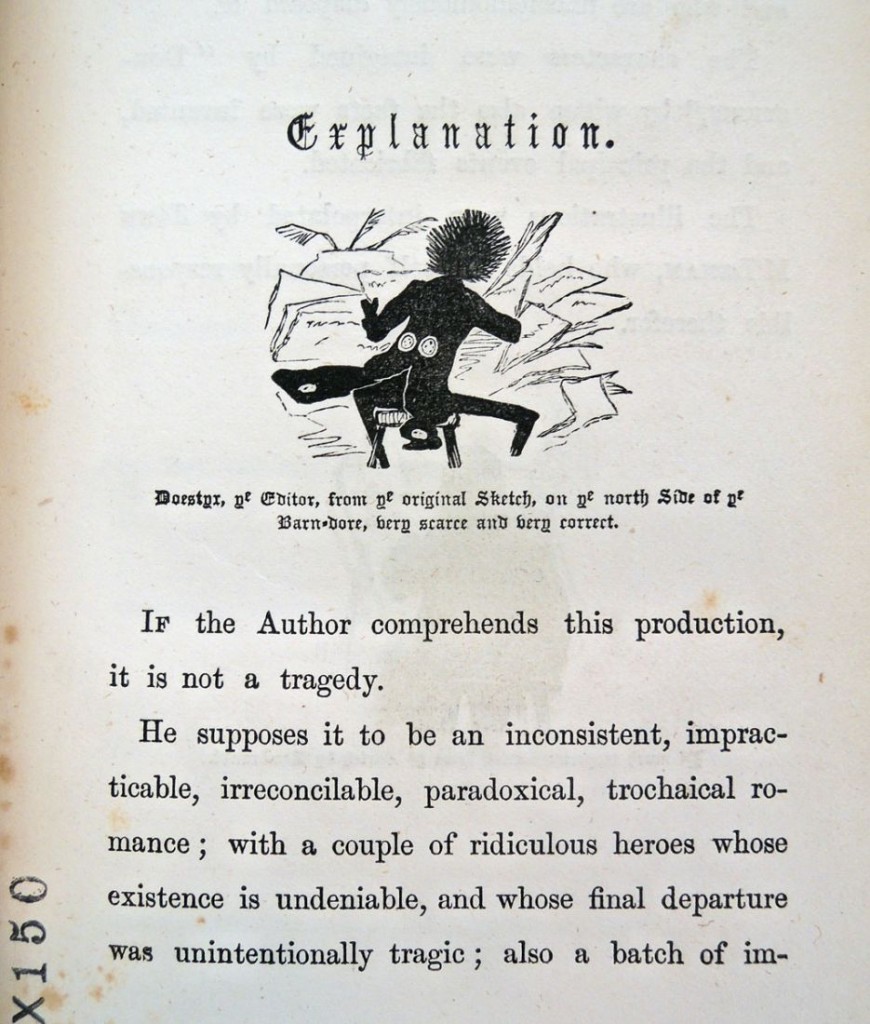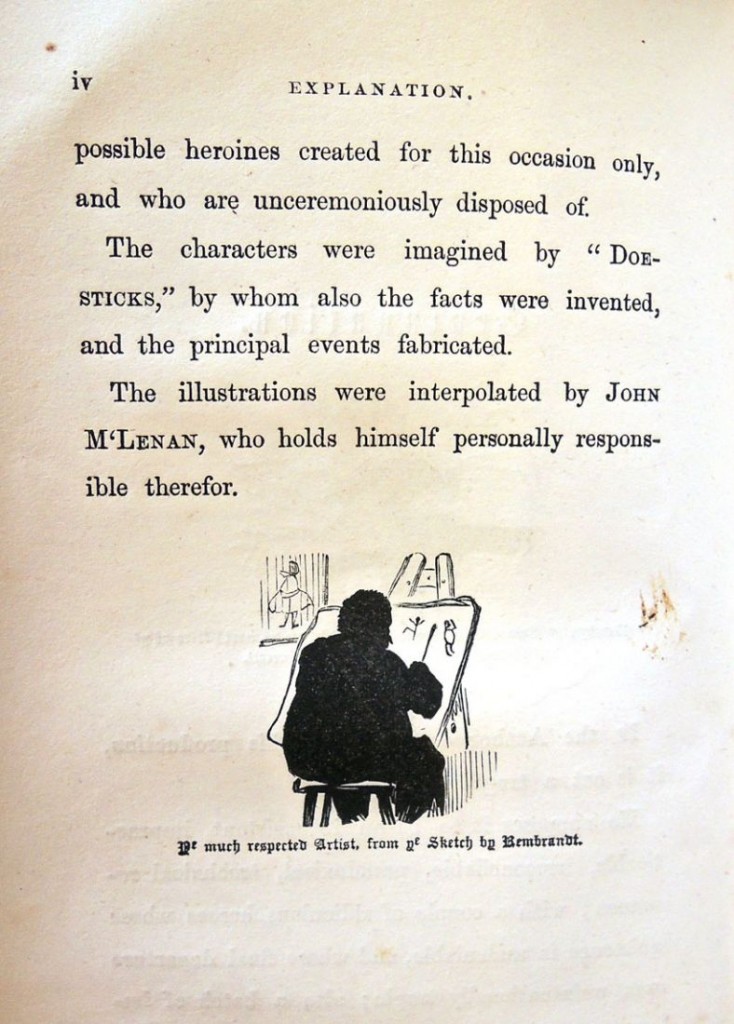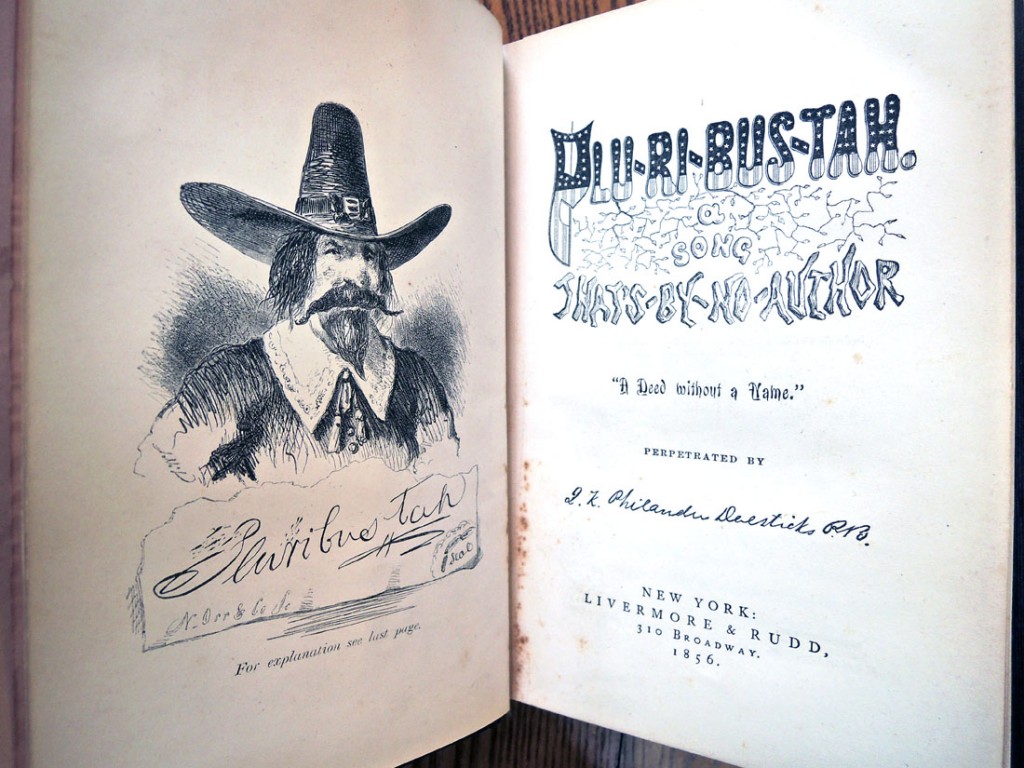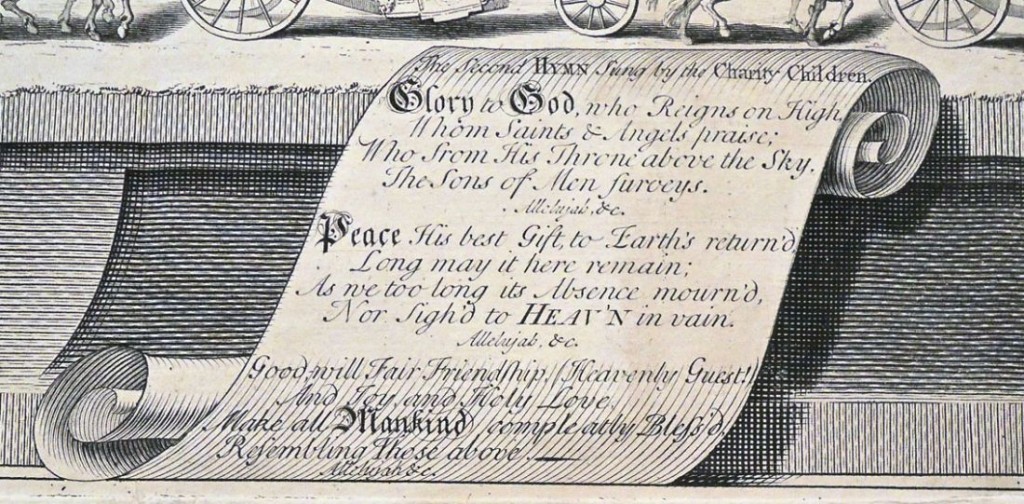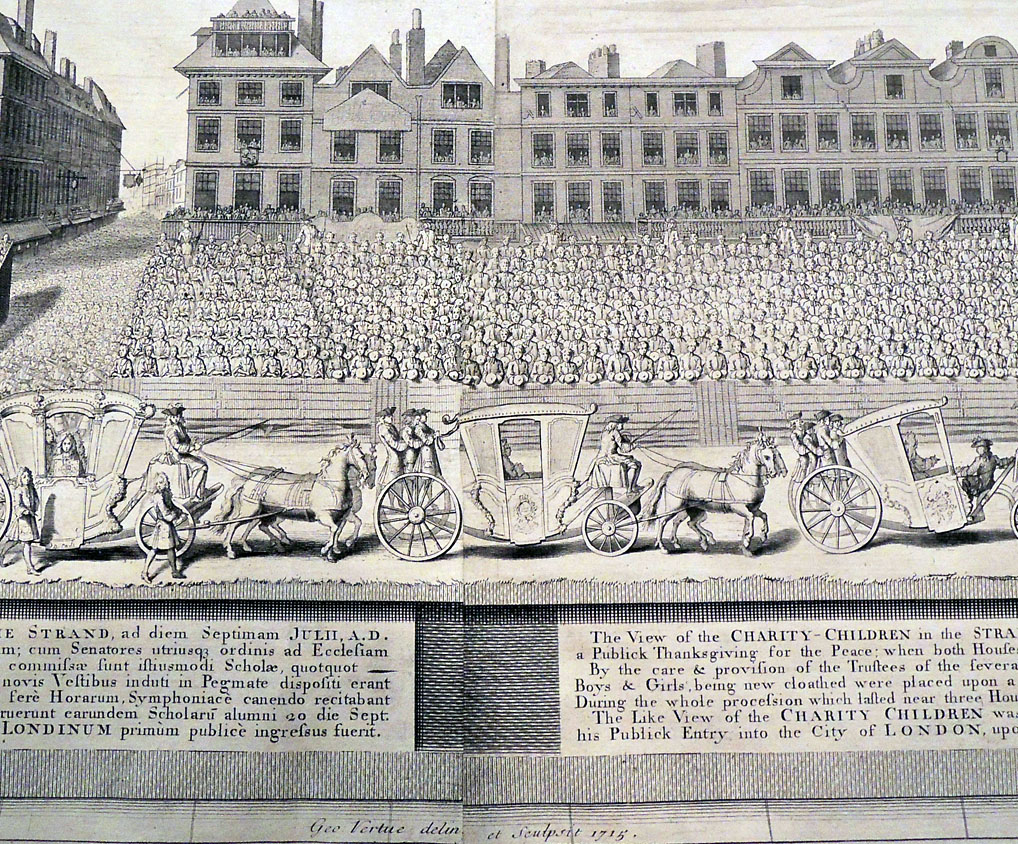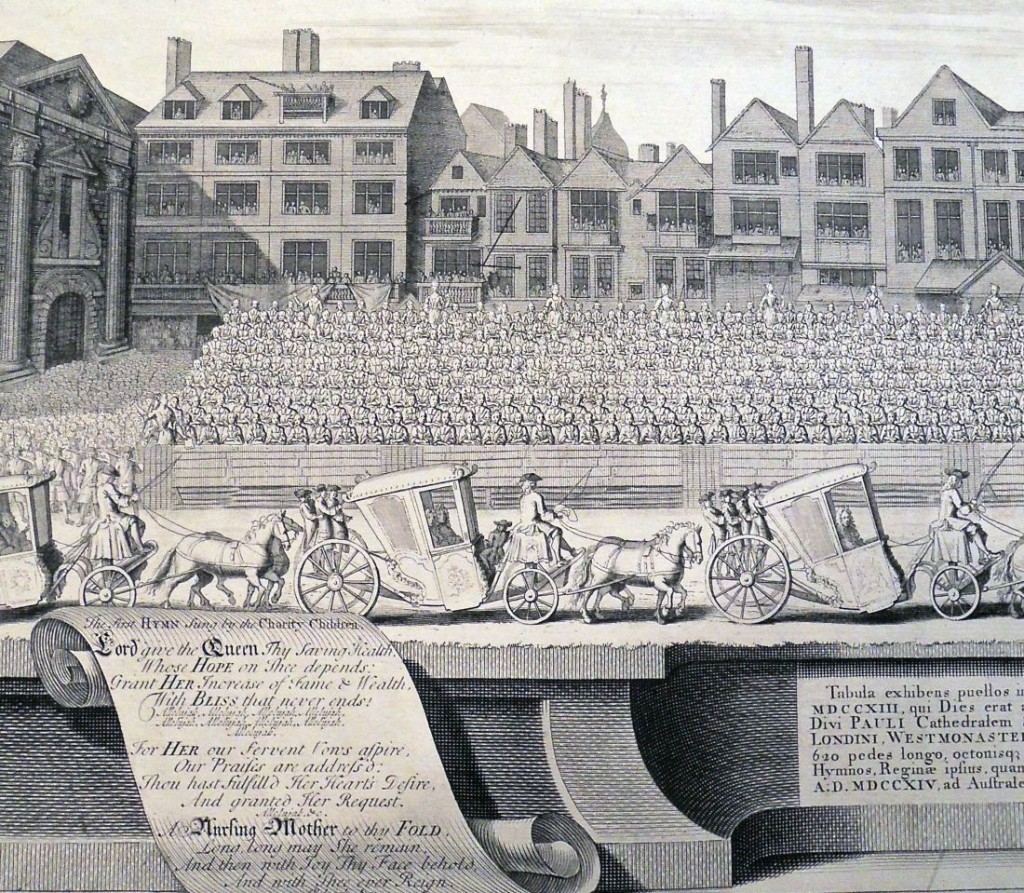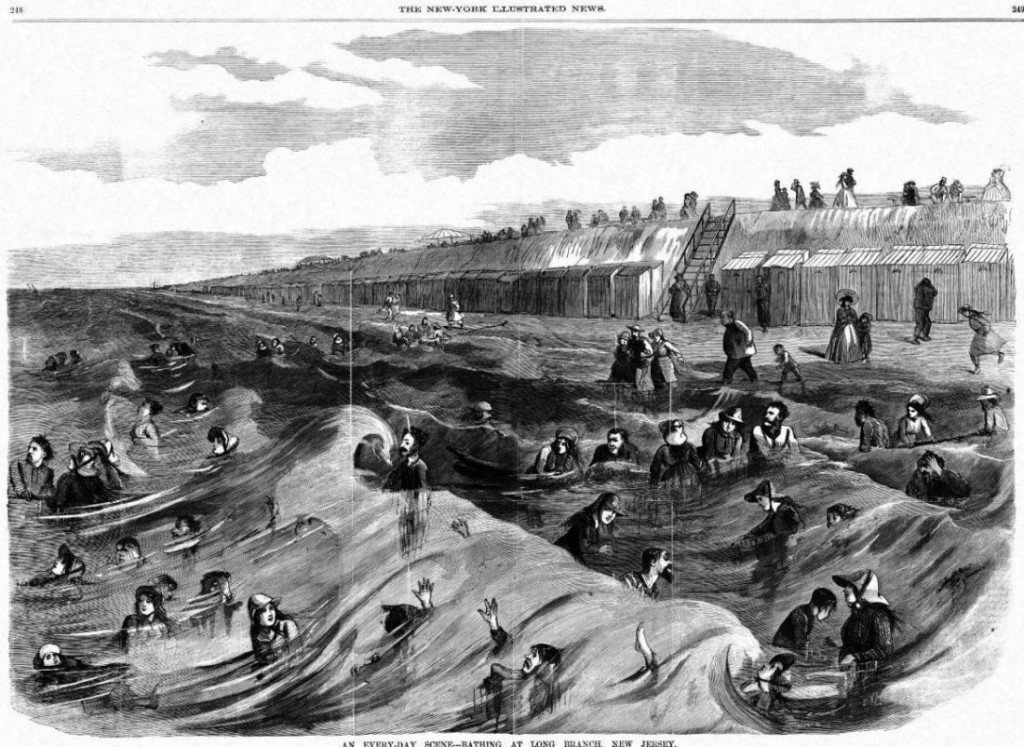 Unidentified artist, “An Every-Day Scene, Bathing at Long Branch New Jersey,” in The New York Illustrated News, August 15, 1863. Wood engraving. Oversize 0901.D389f
Unidentified artist, “An Every-Day Scene, Bathing at Long Branch New Jersey,” in The New York Illustrated News, August 15, 1863. Wood engraving. Oversize 0901.D389f
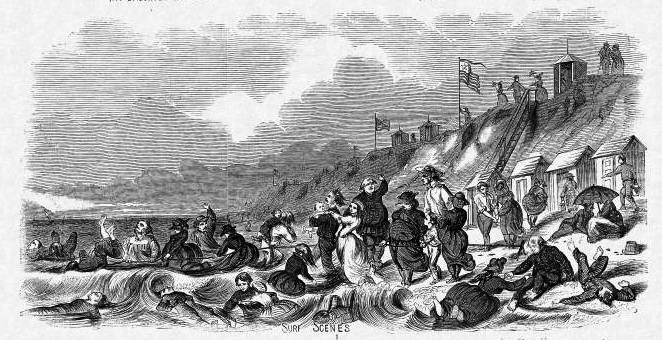 Henry Collins Bispham (1841-1882), “Our Summer Resorts, Bathing at Long Branch. Sketched by our special artist, Mr. Bispham” in Frank Leslie’s Illustrated Newspaper, September 12, 1863. Wood engraving. Annex A, Forrestal Oversize 0901.L637f. On the following page is a brief article accompanied this wood engraving:
Henry Collins Bispham (1841-1882), “Our Summer Resorts, Bathing at Long Branch. Sketched by our special artist, Mr. Bispham” in Frank Leslie’s Illustrated Newspaper, September 12, 1863. Wood engraving. Annex A, Forrestal Oversize 0901.L637f. On the following page is a brief article accompanied this wood engraving:
“Long Branch has this year centered all the lovers of surf-bathing and all who gather around the fair lovers of the salt water. Cape May being no longer accessible, except by way of Philadelphia, does not compete with it, while at Long Branch every house was crowded to its utmost excess. Fashions change even in the matter of bathing and enjoying the sea air. Our clever artist gives Life at Long Branch as it appears A. D. 1863. The incidents, our readers will admit, are happy and happily treated. The introduction amid the roaring billows, the crab-catching, the lolling in the sand, and especially the bathing scene, all look so refreshingly cool, and bear such an impress of the dolce far niente, that they quite prevent our describing them in a hot city with sufficient appreciation. Imagination must supply our deficiency.”
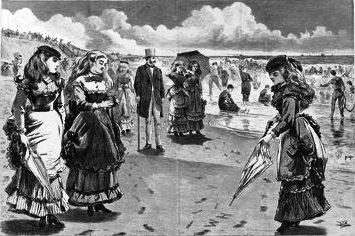 John Karst (1836-1922) after Winslow Homer (1836-1910), “The Beach at Long Branch,” in Appleton’s Journal of Literature, Science and Art, August 21, 1869. Wood engraving. Recap AE5 .A675
John Karst (1836-1922) after Winslow Homer (1836-1910), “The Beach at Long Branch,” in Appleton’s Journal of Literature, Science and Art, August 21, 1869. Wood engraving. Recap AE5 .A675
 After Winslow Homer (1836-1910), “Bathing at Long Branch, Oh, Ain’t t Cold,” in Century Magazine v. 3, New Series, August 26, 1871. Wood engraving. CTSN Eng 19 151170
After Winslow Homer (1836-1910), “Bathing at Long Branch, Oh, Ain’t t Cold,” in Century Magazine v. 3, New Series, August 26, 1871. Wood engraving. CTSN Eng 19 151170
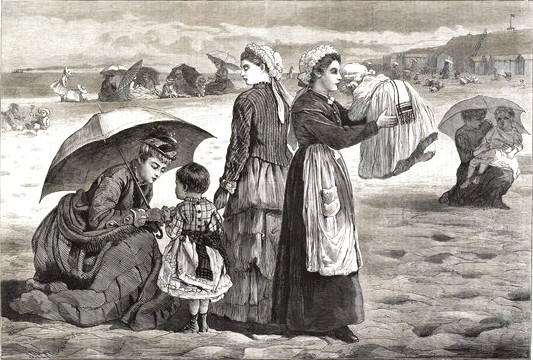 J. L. Langridge (1800-1899), after Winslow Homer (1836-1910), “On the Beach at Long Branch, The Chldren’s Hour,” in Harper’s Weekly, August 15, 1874. Wood engraving. Rare Books (Ex) 2010-0005F
J. L. Langridge (1800-1899), after Winslow Homer (1836-1910), “On the Beach at Long Branch, The Chldren’s Hour,” in Harper’s Weekly, August 15, 1874. Wood engraving. Rare Books (Ex) 2010-0005F
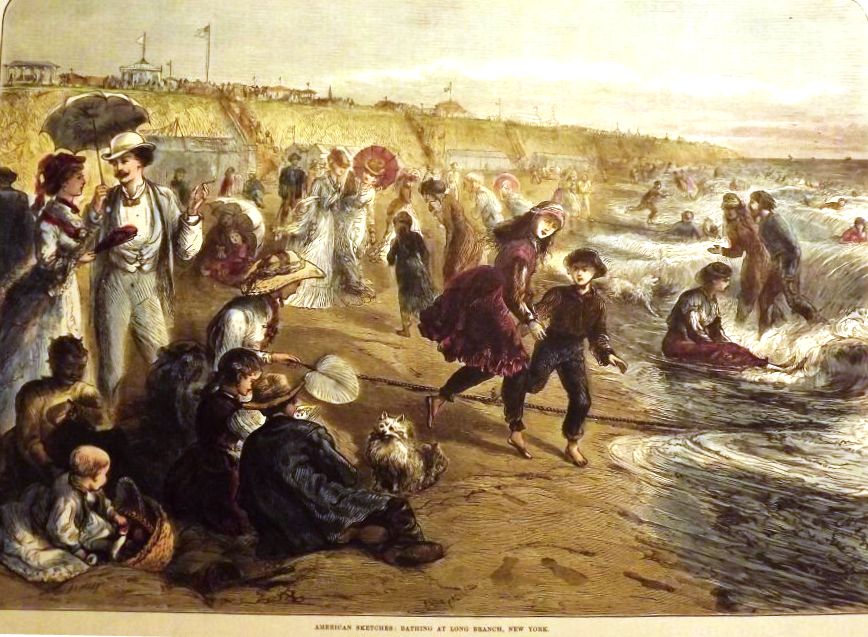 After Winslow Homer (1836-1910), “American Sketches: Bathing at Long Branch, New York
After Winslow Homer (1836-1910), “American Sketches: Bathing at Long Branch, New York
[New Jersey],” in The Illustrated London News 1875. Wood engraving. Recap Oversize AP4 .I458q


